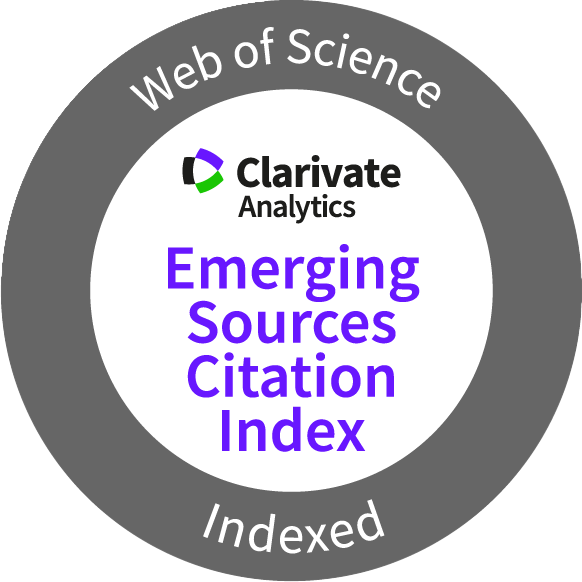Mid-Holocene Social Networks in Far Eastern New Guinea
DOI:
https://doi.org/10.70460/jpa.v7i1.179Keywords:
Papua New Guinea, stone mortars and pestles, mid-Holocene, agriculture, Central Province, Milne Bay Province, Oro Province, New Guinea Coastal CurrentAbstract
Stylistic and distributional studies of prehistoric stone mortars and pestles are used to examine what connections existed during the mid-Holocene within Far Eastern New Guinea, and beyond to the Huon Peninsula and West New Britain. The finds from Far Eastern New Guinea demonstrate strong stylistic similarities with those found mainly on the Huon Peninsula and associated islands. How such cultural links were established may be due in large part to the existence of the New Guinea Coastal Current. All finds with provenance come from areas suitable for subsistence agriculture. Those with complex shapes and/or decoration come from areas capable of producing an agricultural surplus. Clusters of such finds, especially those on the Trobriand, Woodlark and Misima islands, and on the mainland at Cape Rodney to Cloudy Bay, Central Province, and Tufi, Oro Province, mark the location of important social and economic foci in the mid-Holocene.Downloads
Published
02-02-2016
How to Cite
Swadling, P. (2016) “Mid-Holocene Social Networks in Far Eastern New Guinea”, Journal of Pacific Archaeology, 7(1), pp. 7–19. doi: 10.70460/jpa.v7i1.179.
Issue
Section
Articles
License
https://creativecommons.org/licenses/by/4.0/








